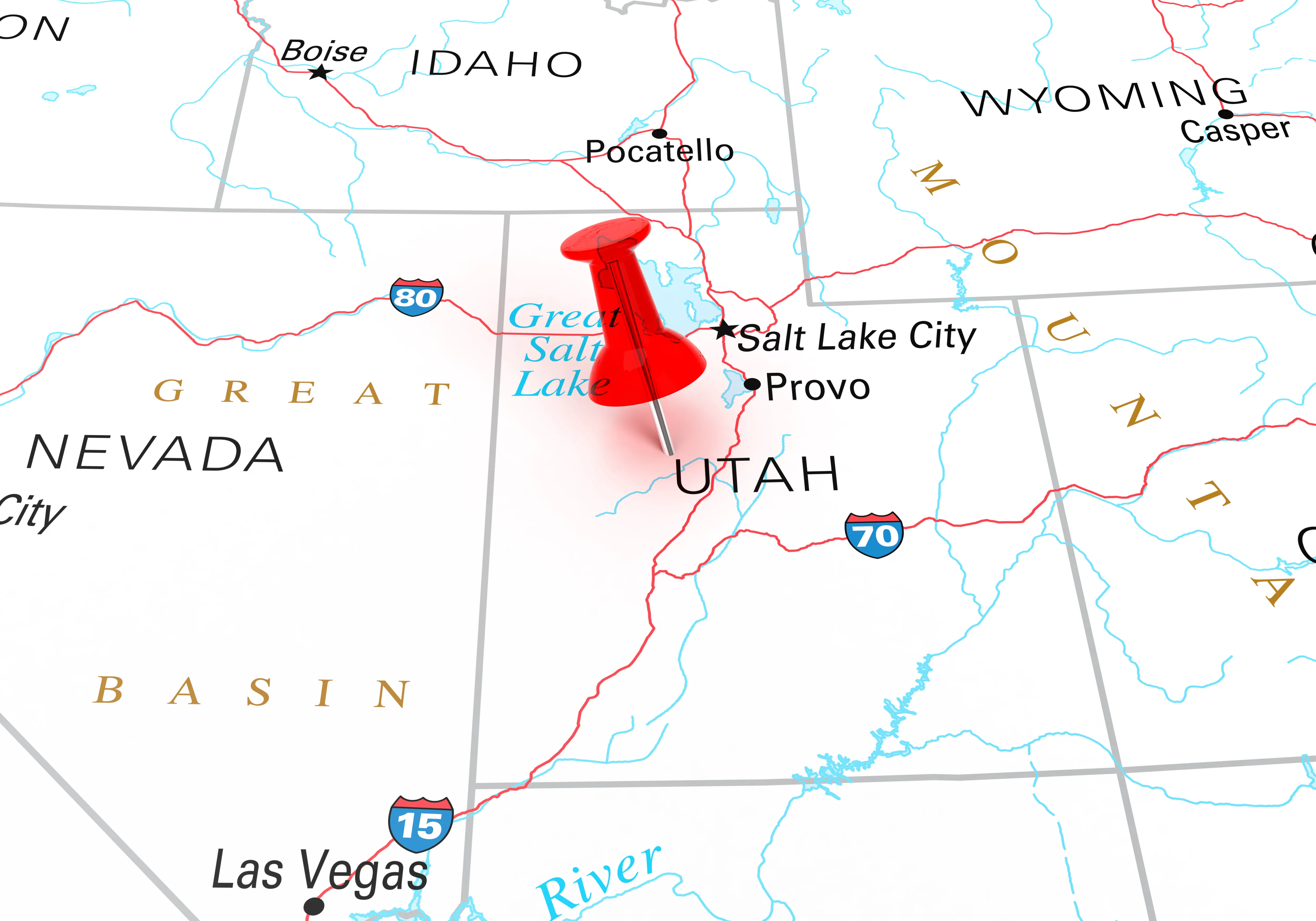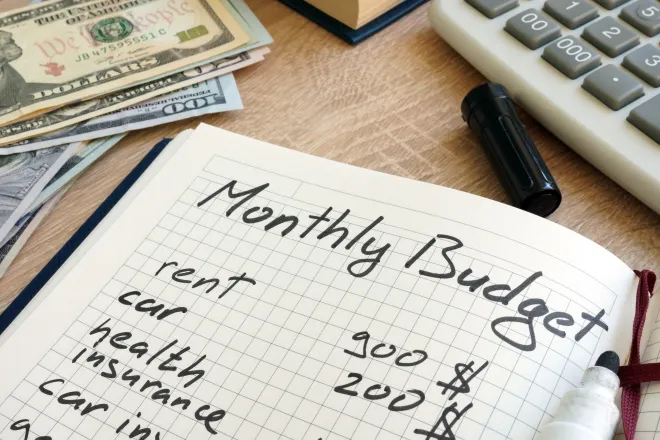
Dear Dietitian – Are there healthier ways to eat fast food?
Dear Readers: One day last week, I found myself busy during the lunch hour and didn’t stop to eat until around 2 p.m. I went to a fast-food restaurant, ordered a small sandwich, medium fries, and a diet soda. It wasn’t until later that I realized the moderate-size meal I had consumed contained nearly 800 calories! Holy mackerel! The fries were delicious, but was it worth it?
By now, you’ve noticed certain restaurants have added calorie counts to their menu items. Although some restaurants began early, as of May 7, 2018, the FDA required calories to be listed on the menus and menu boards of restaurants that are part of a chain of 20 or more locations. The reasoning behind this is so that consumers can make informed choices.
It is estimated that Americans eat one-third of their meals away from home. While fast food is a convenient and relatively inexpensive option, the calories add up quickly. Instead of getting more for our dollar, we get more around the waistline. Increased calories lead to weight gain, and obesity is one of the leading contributors to diabetes, heart disease, high blood pressure, stroke, and possibly some types of cancer.
Is the implementation of calorie counts making a difference? The studies are mixed, but overall, the answer seems to be, “Definitely maybe.” In a study published in the British Medical Journal, more than 242 million food transactions were evaluated over three years. The data was collected in fast-food restaurants in the southern United States. After calorie labeling, a decrease of 60 calories per transaction was observed. However, this was followed by an increase of 0.71 calories per transaction over the next year (1).
Particular subpopulations seem to use the calorie counts more effectively. Women, dieters, and people of higher income levels made healthier choices. The calorie labeling was more effective when a 2000 calorie-a-day recommendation was also posted.
At first glance, it seems the effect of calorie labeling would be easy to measure. People either ordered items with more calories or less, right? However, measuring the impact on society’s health is much more complex. For example, after realizing how many calories they were consuming in fast food, some customers may quit going to those restaurants altogether. While this may be a healthy adjustment, it’s difficult to measure its impact on public health.
If you have to eat on the run, and fast food is a convenient option, follow these guidelines so you won’t blow your health plan:
- “Small-size it” instead of super-sizing it. Americans love to get more for their money, but in the case of high calories, maximizing the value of your dollar just doesn’t pay off.
- Skip the fries. If you must have them, order a small size.
- Consider ordering the kid’s meal for about 500 calories. Enjoy the toy.
- Drink water, unsweetened tea or coffee, or a diet drink. A 20-ounce sugar-sweetened soft drink costs about 250 calories; a 32-ounce provides 385 calories; and a 40-ounce soda pop brings in a whopping 500 calories!
- Ask for sauces, condiments, and salad dressings on the side. Use moderately.
- Skip the fast meal altogether, and pack a lunch. Of course, this takes time and planning. A sandwich with lean protein, nuts and fruit, baked chips, and a low-calorie drink is all you need.
The implementation of calorie counts on menus may not solve the obesity problem in America, but it’s a step in the right direction. Increased awareness and education are vital keys in making healthier choices.
Until next time, be healthy!
Dear Dietitian
Reference
- Petimar, J., Zhang, F., Cleveland, L., Simon, D., Gortmaker, S., Polacsek, M., Bleich, S., Rimm, E., Roberto, C., & Block, J. Estimating the effect of calorie menu labeling on calories purchased in a large restaurant franchise in the southern United States: quasi-experimental study. BMJ 2019;367:I5837
Leanne McCrate, RDN, LD, CNSC, aka Dear Dietitian, is based in Missouri. Her mission is to educate the public on sound, scientifically-based nutrition. Do you have a nutrition question? Email her today at deardietitian411@gmail.com. Dear Dietitian does not endorse any products, health programs, or diet plans.

















